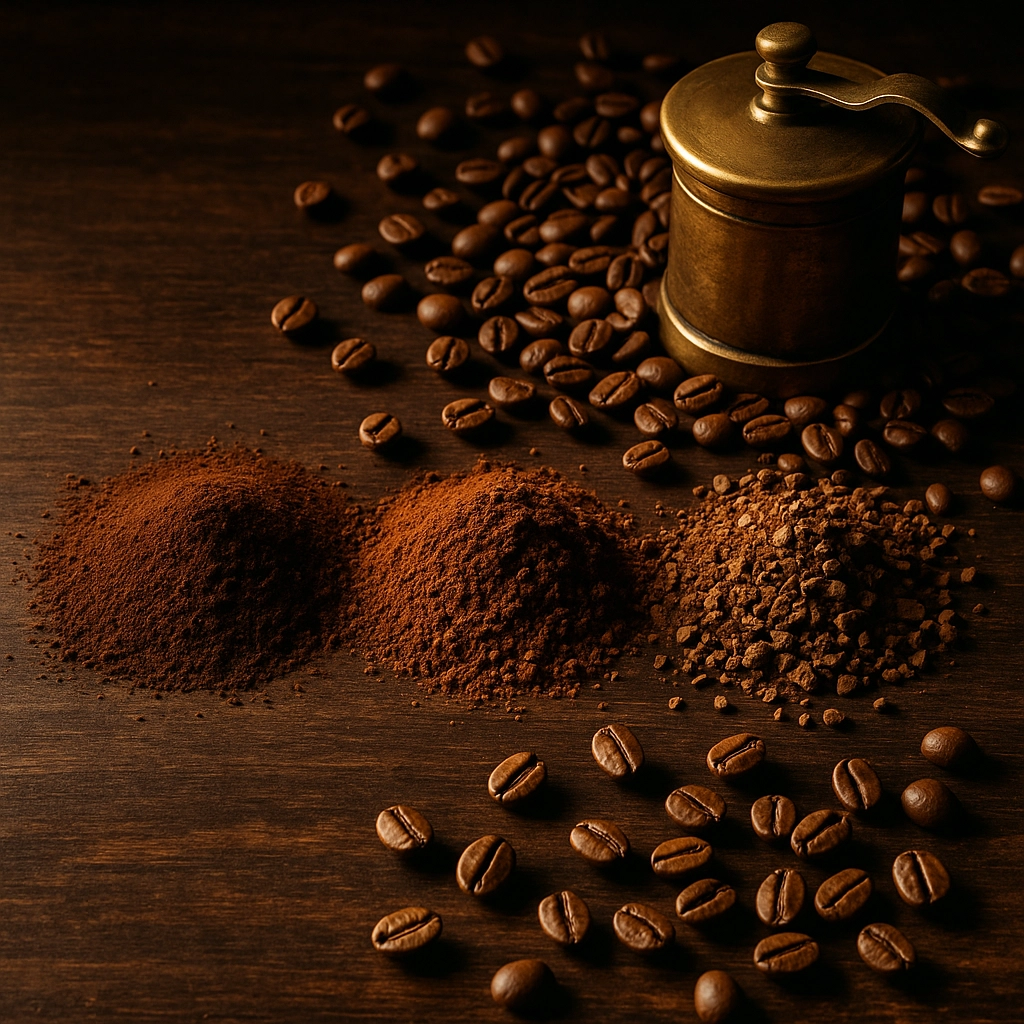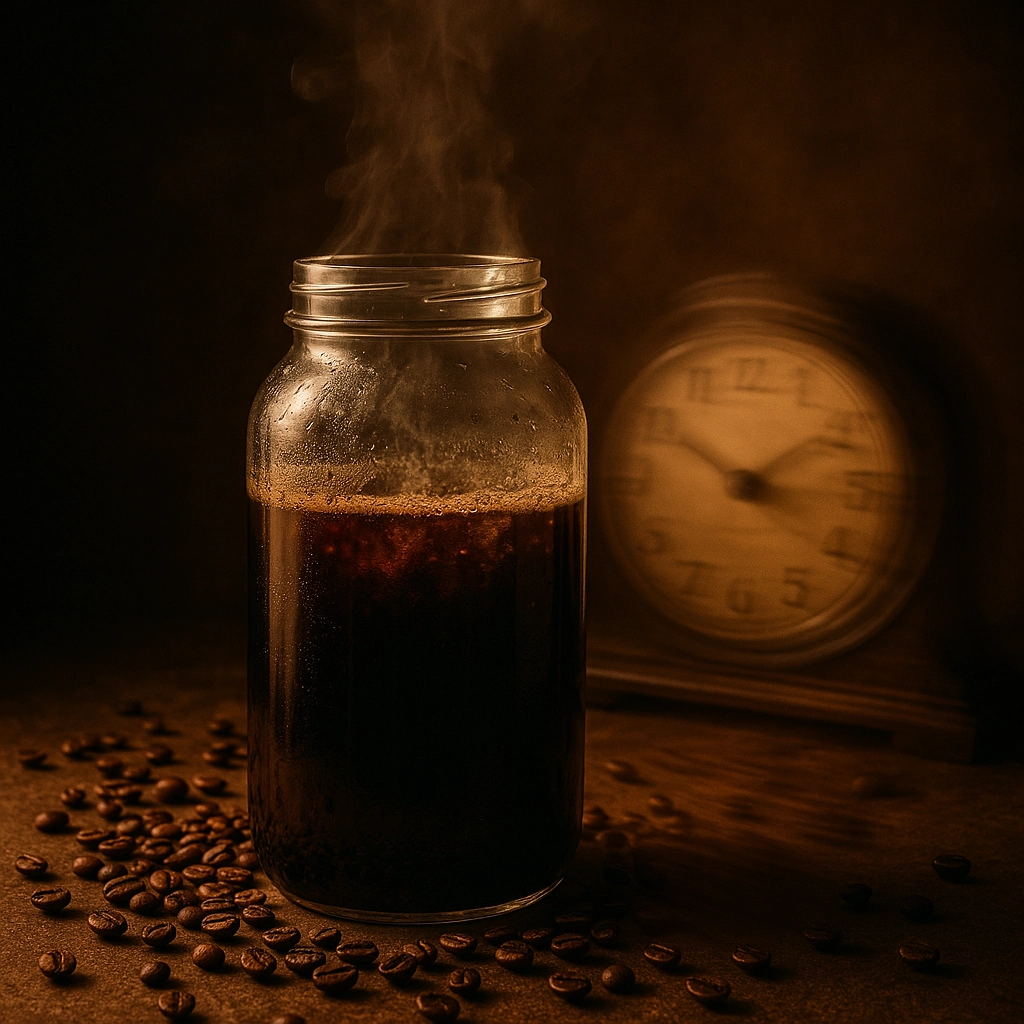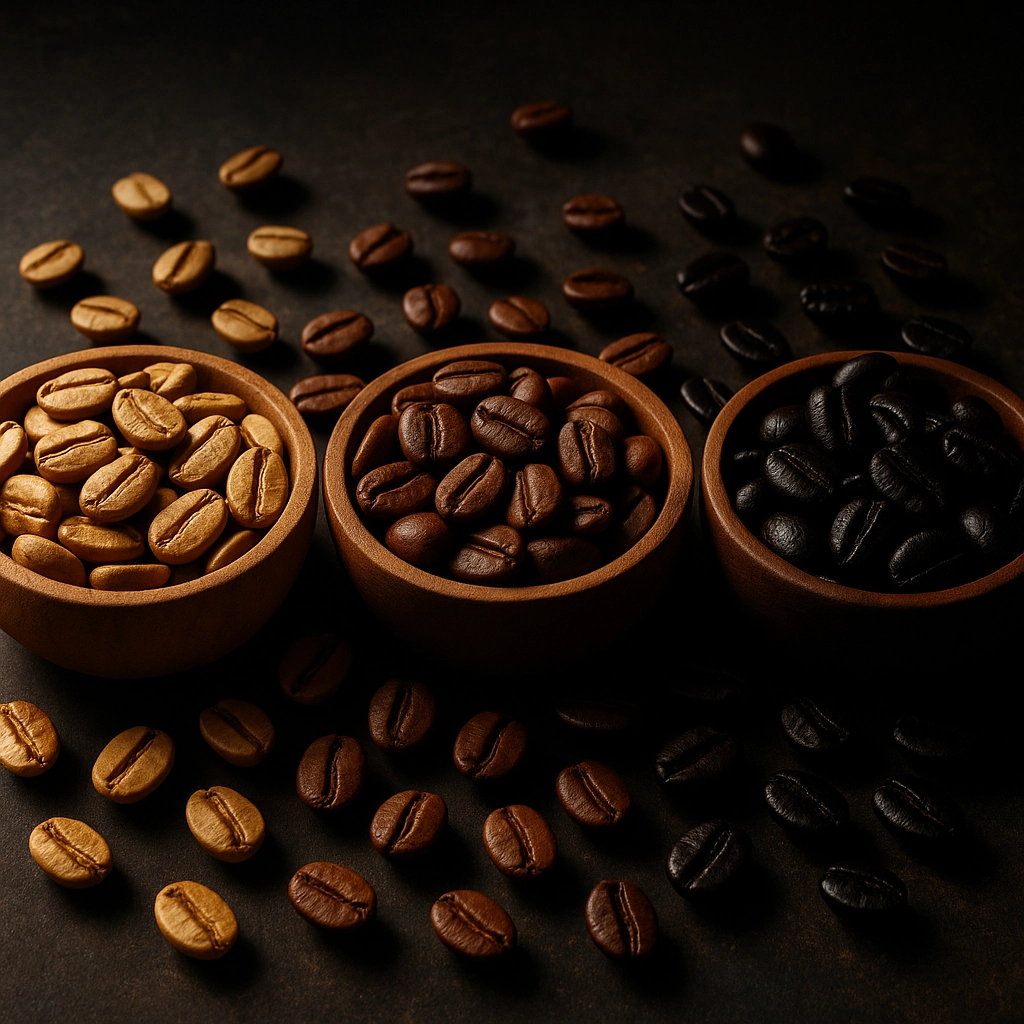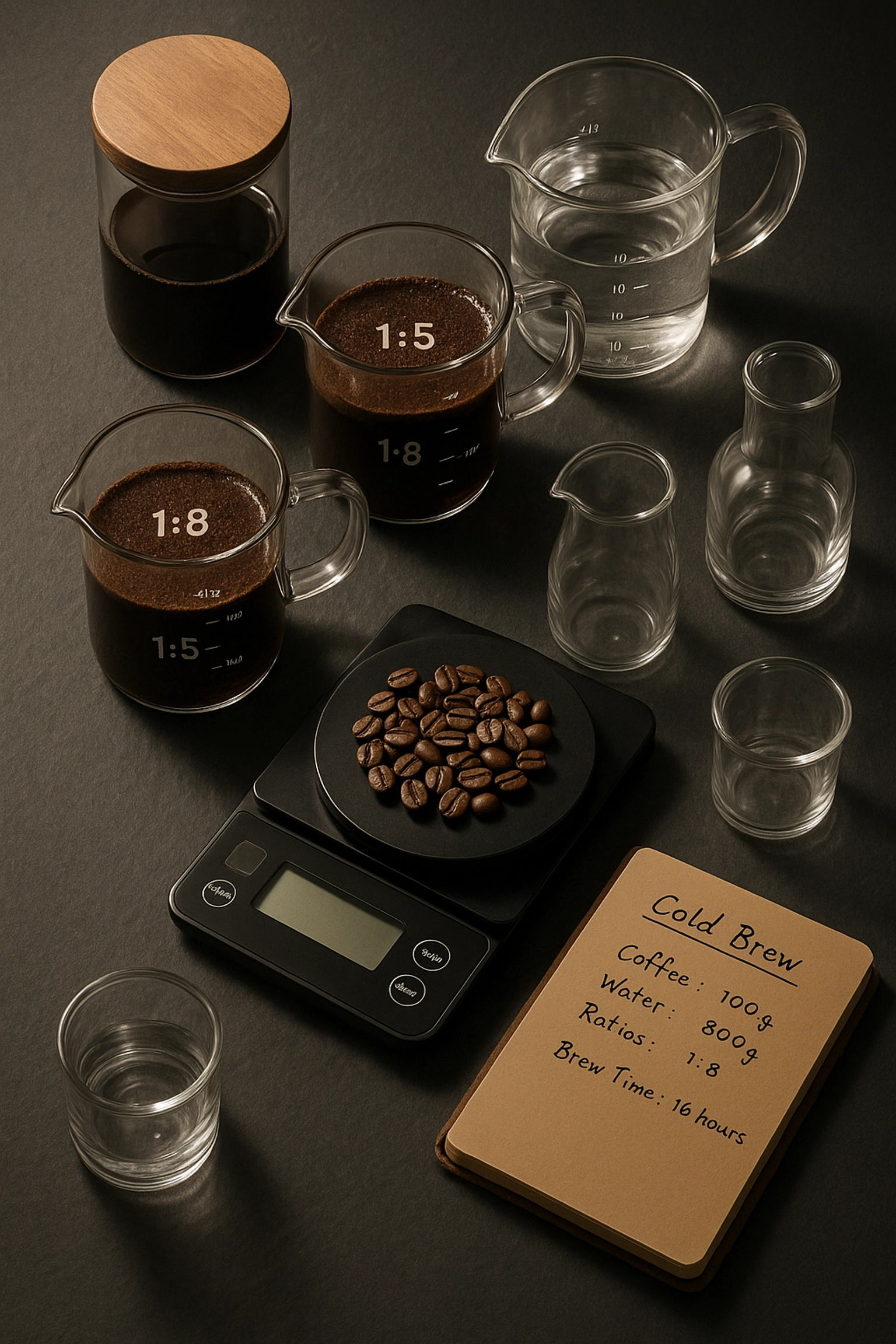Cold brew coffee has become the go-to drink for coffee lovers everywhere, and for good reason. It's smooth, naturally sweet, and less acidic than hot coffee. But here's the thing – making great cold brew isn't as simple as dumping coffee grounds in water and waiting. There are some sneaky mistakes that can turn your refreshing brew into a bitter disappointment or a watery mess.
Don't worry though! We've all been there. Whether you're new to cold brewing or you've been making it for years, these common flavoring mistakes might be sabotaging your perfect cup. Let's dive into the seven biggest culprits and how to fix them for good.
Mistake #1: Using the Wrong Grind Size
This is probably the most common mistake, and it's a big one. Many people think that grinding coffee finer will make their cold brew stronger or extract more flavor. Wrong! When you use a fine grind for cold brew, you're actually setting yourself up for disaster.
Fine grounds extract way too quickly during the long steeping process. Since cold brew steeps for 12-24 hours (much longer than any hot brewing method), those tiny particles release harsh, bitter compounds that create that unpleasant ping on the back of your tongue. Nobody wants that!
The Fix: Use a coarse grind, similar to what you'd use for a French press. Coarser grounds slow down the extraction process and result in a sweeter, more balanced flavor profile. Your cold brew will be smooth and naturally sweet instead of bitter and harsh.

Mistake #2: Over-Steeping Your Cold Brew
We get it – if a little steeping time is good, more must be better, right? Not so fast. While you might think letting your cold brew steep for 30+ hours will give you stronger flavor, it actually leads to over-extraction of bitter compounds that completely overwhelm the coffee's natural sweetness.
Think of it like tea – leave a tea bag in hot water too long and it becomes bitter and undrinkable. The same principle applies to cold brew, just over a much longer timeframe.
The Fix: Stick to the sweet spot of 16-20 hours of steeping time. This gives you proper extraction without crossing into bitter territory. The exact timing depends on your taste preferences and the specific beans you're using, so feel free to experiment within this range. Pro tip: brewing in the refrigerator rather than at room temperature tends to produce less bitter results.
Mistake #3: Choosing the Wrong Coffee Beans
Here's something that might surprise you – using your most expensive, light-roast, single-origin beans for cold brew is actually a waste of good coffee. The cold brewing process creates a more subtle, earthy, and less acidic flavor profile that won't showcase those delicate floral or fruity notes you paid premium prices for.
Light roasted coffees can actually lead to sour, thin-like flavors when brewed cold. Those bright, acidic notes that taste amazing in a pour-over can come across as sharp and unbalanced in cold brew.
The Fix: Save your premium single-origin beans for hot brewing methods where their complex flavors can really shine. For cold brew, opt for medium to dark roast beans that are robust enough to stand up to the long extraction process. These roasts have the body and richness that work beautifully with cold brewing.

Mistake #4: Getting Your Coffee-to-Water Ratio Wrong
This mistake can go two ways – either your cold brew ends up tasting like coffee-flavored water, or it's so strong it could wake the dead (and not in a good way). Both scenarios mask the underlying coffee flavors and leave you with a disappointing drink.
When your ratio is too weak, you get a watery mess that tastes more like slightly coffee-tinted water than actual coffee. When it's too strong, the intensity masks all the subtle flavors and creates an overpowering brew that's more bitter than bold.
The Fix: Start with a 1:8 ratio (1 cup coffee to 8 cups water) for concentrate, then adjust based on your taste preferences. Remember, you'll be diluting this concentrate later, so it should taste quite strong on its own. Keep notes on what ratios work best for you with different beans – this is where the magic happens!
Mistake #5: Not Diluting Your Concentrate Properly
Speaking of dilution, this is where many people go wrong. Cold brew concentrate is exactly that – a concentrate. It's meant to be diluted before drinking. If you're sipping it straight or barely cutting it with water, you're missing out on the smooth, balanced flavor that makes cold brew so special.
Undiluted concentrate is incredibly bitter and overwhelming. It's like drinking espresso when you wanted a regular coffee – technically coffee, but not the experience you're looking for.
The Fix: Dilute your cold brew concentrate with at least equal parts water or milk. A good starting point is 1:1 concentrate to water, then adjust to taste. Add ice, milk, or cream as desired. The goal is to balance strength with drinkability so you can actually taste the underlying coffee flavors rather than just sharp intensity.

Mistake #6: Using Poor Quality Water
Water makes up about 98% of your finished cold brew, so its quality matters more than you might think. If your tap water tastes off, has high mineral content, or contains chlorine, those flavors are going to show up in your coffee – and not in a good way.
These impurities can create off-flavors that compete with your coffee's natural taste, resulting in a muddy or harsh final product that doesn't represent what your beans are capable of.
The Fix: Use filtered water for both brewing and diluting your cold brew concentrate. This ensures that water quality doesn't interfere with the extraction process or the final flavor profile. If you're serious about your cold brew, investing in a good water filter is one of the best upgrades you can make.
Mistake #7: Ignoring Freshness and Storage
This one might seem obvious, but it's worth mentioning because it's so important. Using stale coffee grounds or improperly stored beans will result in flat, flavorless cold brew regardless of how perfect your technique is.
Coffee loses its flavor compounds over time, and this is especially noticeable in the gentler cold brewing process. Old, stale coffee lacks the oils and aromatics that give cold brew its characteristic smooth richness.
The Fix: Use freshly roasted beans and grind them just before brewing when possible. If you must use pre-ground coffee, make sure it's stored in an airtight container away from light and heat. Check the roast date on your beans – for cold brew, use beans within 2-4 weeks of roasting for the best flavor.

Putting It All Together
The key to excellent cold brew flavoring lies in understanding that it's completely different from hot coffee brewing. The extended extraction time and cold temperature create unique challenges that require adjustments in every aspect of your process – from grind size to bean selection to steeping time and dilution.
Cold brew should be smooth, naturally sweet, and refreshing. If yours is bitter, weak, or just tastes "off," one or more of these mistakes is likely the culprit. The good news is that they're all easy to fix once you know what to look for.
Remember, making great cold brew is part science, part art. Don't be afraid to experiment with different beans, ratios, and steeping times to find what works best for your taste preferences. Keep notes on what you try so you can replicate your successes and avoid repeating mistakes.
With these fixes in your back pocket, you'll be making smooth, flavorful cold brew that showcases coffee's natural sweetness without any of the harsh bitterness that plagues so many homemade versions. Your taste buds (and your morning routine) will thank you.
Ready to upgrade your cold brew game? Start with fixing one mistake at a time, and you'll be amazed at how much better your homemade cold brew can taste. Check out our selection of medium and dark roast beans that are perfect for cold brewing – your perfect cup is just a steep away!




